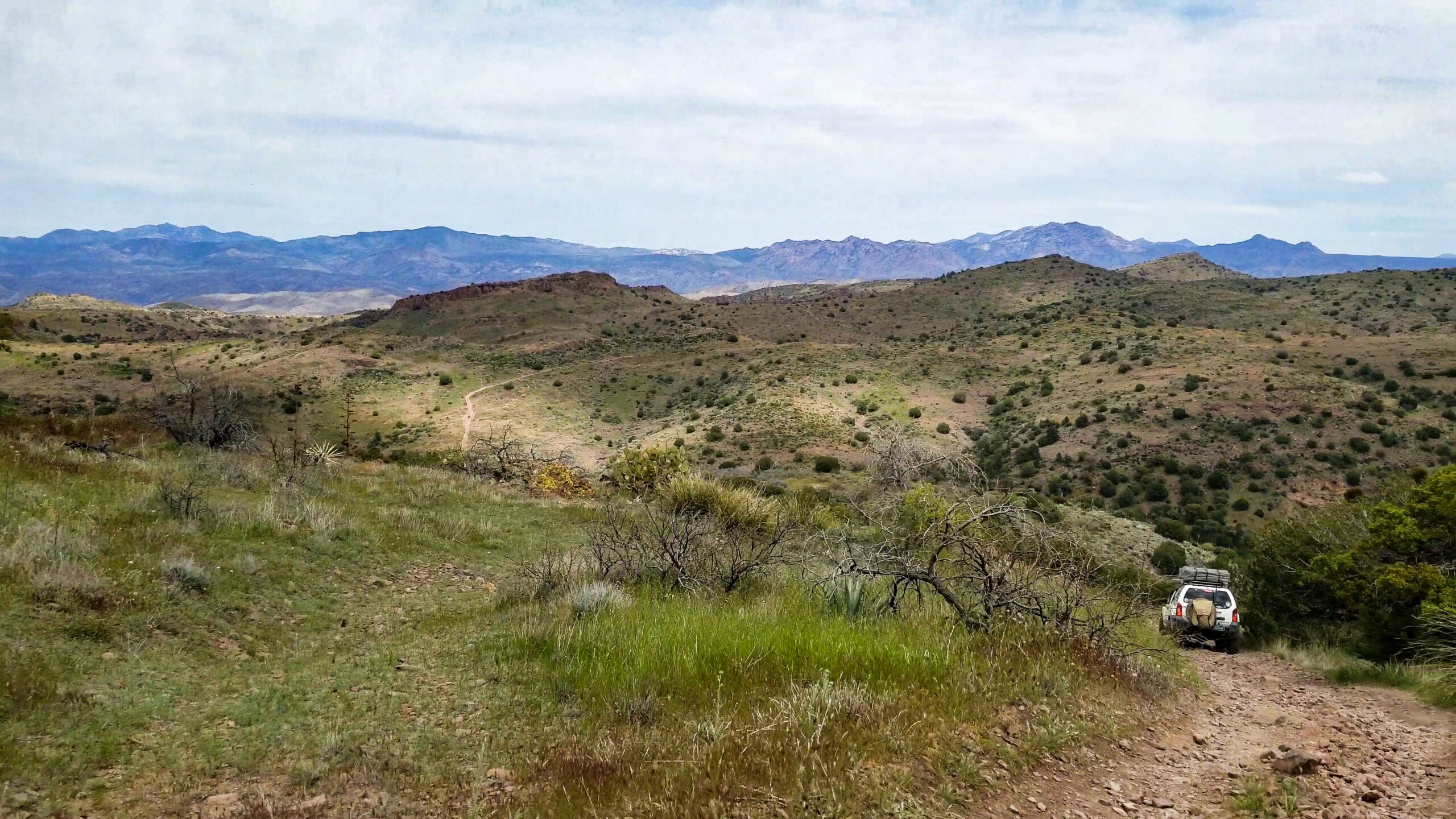Your cart is currently empty!
Posted in
(Liberty Matters) Syndicated conservation easements have once again turned up on the Internal Revenue Service’s (IRS) 2021 “Dirty Dozen” tax scam list. They were first added to the list of schemes the IRS finds are the most fraudulent in 2019.
The syndicated conservation easement practice the IRS is targeting is when it is used as an investment tool, instead of a legitimate charity “gift.” Investors purchase property they can place in a conservation easement, and then divide the property among its clients. The conservation easement on the property is contracted through a willing land trust, and the charitable tax-deduction is split among the client owners.
What has caught the IRS’s attention is that many of these syndicated conservation easements have substantially increased the value of the property when reported to the IRS, making the tax-deduction substantially larger than the cost of the property — in many cases more than 250 percent of the value of the property. IRS Commissioner Chuck Rettig said the practice “defraud[s] the government of revenue. Putting an end to these abusive schemes is a high priority for the IRS.”
The agency is currently investigating numerous syndicated conservation easement transactions that cover billions of dollars of “potentially inflated deductions as well as hundreds of partnerships and thousands of investors.”
But this is not the only way conservation easements are being used as a money-making tool in the name of land conservation. A revealing article by the National Center for Public Policy Research entitled, “Conservation Easements: The Good, The Bad, and the Ugly,” published back in 2008, warned that The Nature Conservancy (TNC) and other land trusts, were making considerable sums through “prearranged flips” and sales of easements, along with government grants.
The prearranged flip practice is where the land trust purchases the easement below market value and then sales it to the government at market value. For example, one transaction the article cited was an easement TNC purchased for $1.2 million, immediately selling it to the Bureau of Land Management for $1.4 million.
The prearranged flips, plus other easement sales, made up 20% of TNC’s budget, or $262 million. At this same time, they also received over $100 million in government grants. Fast forward to today, to achieve the Biden 30 x 30 scheme, his Administration is aggressively pushing the easement program and partnerships with land trusts. It is big business that now has the federal government as the biggest promoter.
It is a win-win for the land trust and the federal government. But for the landowner, the benefits are fleeting. They receive a “one-time” tax deduction to either reduce the income tax or the estate tax. But that is it. As was astutely pointed out in a meeting we recently attended, the next generation receives no additional tax benefit. Instead, they inherit an encumbered property, where the conservation purpose enforced by the land trust or federal government is the dominant purpose for the property.
This is why the notion that land with a conservation easement in perpetuity is still private property, is fundamentally flawed. It was private property when the landowner signed up for the program, but the easement does more than just transfer the development rights to the land trust. It also requires that primary control and management of the property be transferred as well, leaving the landowner with a restricted title and environmental or federal overseer. As Wayne Hage astutely said many years ago: “whoever controls the land, owns the land.”
Tags:
You may also like…

Visit the AZBackroads.com Store

Please Become A Member
We need your help to keep our backroads open. Please join today!







